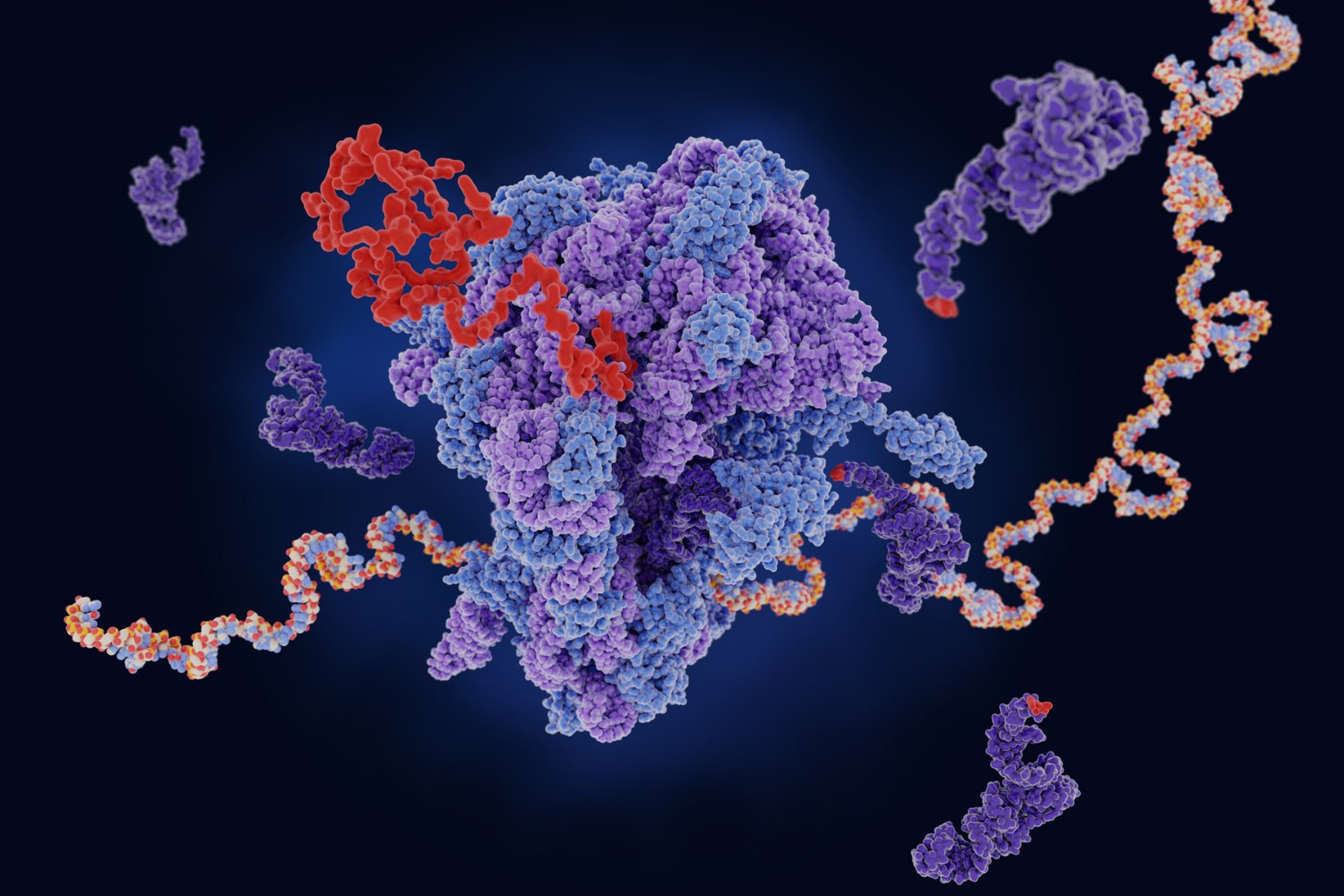
RNA research has revolutionized our understanding of genetics and disease. But what exactly is RNA? RNA, or ribonucleic acid, plays a crucial role in coding, decoding, regulation, and expression of genes. Unlike DNA, RNA is single-stranded and can perform a variety of functions within cells. Scientists have discovered that RNA is not just a messenger between DNA and proteins but also has catalytic and regulatory roles. This has opened up new avenues in medical research, including the development of vaccines and treatments for genetic disorders. Curious about the latest breakthroughs and intriguing facts in RNA research? Let's dive into 25 fascinating insights that highlight the importance and potential of RNA in modern science.
Key Takeaways:
- RNA, the messenger of genetic instructions, has three main types and has led to groundbreaking medical advancements, including mRNA vaccines for COVID-19 and potential treatments for genetic disorders.
- RNA's role in early life and its potential in biosensors, regenerative medicine, and synthetic biology make it an exciting field for future breakthroughs in genetics and medicine.
What is RNA?
RNA, or ribonucleic acid, plays a crucial role in genetics and cellular functions. It acts as a messenger carrying instructions from DNA for controlling the synthesis of proteins. Let's dive into some fascinating facts about RNA research.
- RNA stands for ribonucleic acid, a molecule essential for various biological roles.
- Unlike DNA, RNA is usually single-stranded, allowing it to fold into complex structures.
- RNA contains ribose sugar, which has one more oxygen atom than the deoxyribose in DNA.
- There are three main types of RNA: messenger RNA (mRNA), transfer RNA (tRNA), and ribosomal RNA (rRNA).
- mRNA carries genetic information from DNA to the ribosome, where proteins are synthesized.
The Discovery of RNA
The journey of RNA research began with some groundbreaking discoveries. These milestones have paved the way for modern genetic studies.
- RNA was first discovered in 1868 by Friedrich Miescher, a Swiss biochemist.
- The term "RNA" was coined in the 1930s, but its structure and function were not fully understood until the 1950s.
- In 1961, scientists François Jacob and Jacques Monod discovered mRNA, revolutionizing our understanding of genetic coding.
- The discovery of RNA splicing in the 1970s revealed that RNA can be edited before being translated into proteins.
- In 1989, Sidney Altman and Thomas Cech won the Nobel Prize for discovering that RNA can act as a catalyst, known as ribozymes.
RNA in Modern Medicine
RNA research has led to significant advancements in medicine, particularly in the development of new treatments and vaccines.
- RNA interference (RNAi) is a biological process where RNA molecules inhibit gene expression, offering potential for gene therapy.
- The first RNA-based drug, Onpattro, was approved by the FDA in 2018 to treat a rare genetic disorder.
- mRNA vaccines, like those for COVID-19, use synthetic mRNA to instruct cells to produce a protein that triggers an immune response.
- Researchers are exploring RNA-based therapies for cancer, aiming to target and destroy cancer cells more effectively.
- RNA technology is also being used to develop treatments for genetic disorders, such as cystic fibrosis and muscular dystrophy.
RNA and Evolution
RNA is believed to have played a crucial role in the early stages of life on Earth. Its versatility and ability to store genetic information make it a key player in evolutionary biology.
- The RNA world hypothesis suggests that early life forms may have relied solely on RNA for genetic information and catalysis.
- RNA can self-replicate, a feature that supports the idea of an RNA-based origin of life.
- Ribozymes, RNA molecules with catalytic properties, provide evidence that RNA could have facilitated early biochemical reactions.
- Some viruses, like the flu and HIV, use RNA as their genetic material, highlighting its evolutionary significance.
- RNA editing allows organisms to adapt quickly to environmental changes by altering genetic information post-transcription.
Future of RNA Research
The potential of RNA research is vast, with ongoing studies promising new breakthroughs in various fields.
- Scientists are developing RNA-based biosensors to detect diseases at an early stage.
- RNA sequencing technologies are improving, allowing for more detailed analysis of gene expression.
- Synthetic biology is using RNA to create new biological systems and organisms with desired traits.
- Researchers are exploring the use of RNA in regenerative medicine to repair damaged tissues and organs.
- The study of non-coding RNAs, which do not encode proteins, is revealing new layers of gene regulation and cellular function.
Final Thoughts on RNA Research
RNA research has transformed our understanding of biology. From mRNA vaccines to gene editing, RNA's potential seems limitless. Scientists are uncovering new ways RNA can treat diseases, improve agriculture, and even combat climate change. The CRISPR technology revolutionized genetic engineering, making it possible to edit genes with precision. RNA interference (RNAi) offers a method to silence specific genes, providing new avenues for therapeutics. The discovery of long non-coding RNAs has added layers of complexity to gene regulation. As research continues, the possibilities for RNA applications will only expand. Staying informed about these advancements can help us appreciate the profound impact RNA has on our world. Keep an eye on this field; it's shaping the future of science and medicine.
Frequently Asked Questions
Was this page helpful?
Our commitment to delivering trustworthy and engaging content is at the heart of what we do. Each fact on our site is contributed by real users like you, bringing a wealth of diverse insights and information. To ensure the highest standards of accuracy and reliability, our dedicated editors meticulously review each submission. This process guarantees that the facts we share are not only fascinating but also credible. Trust in our commitment to quality and authenticity as you explore and learn with us.
